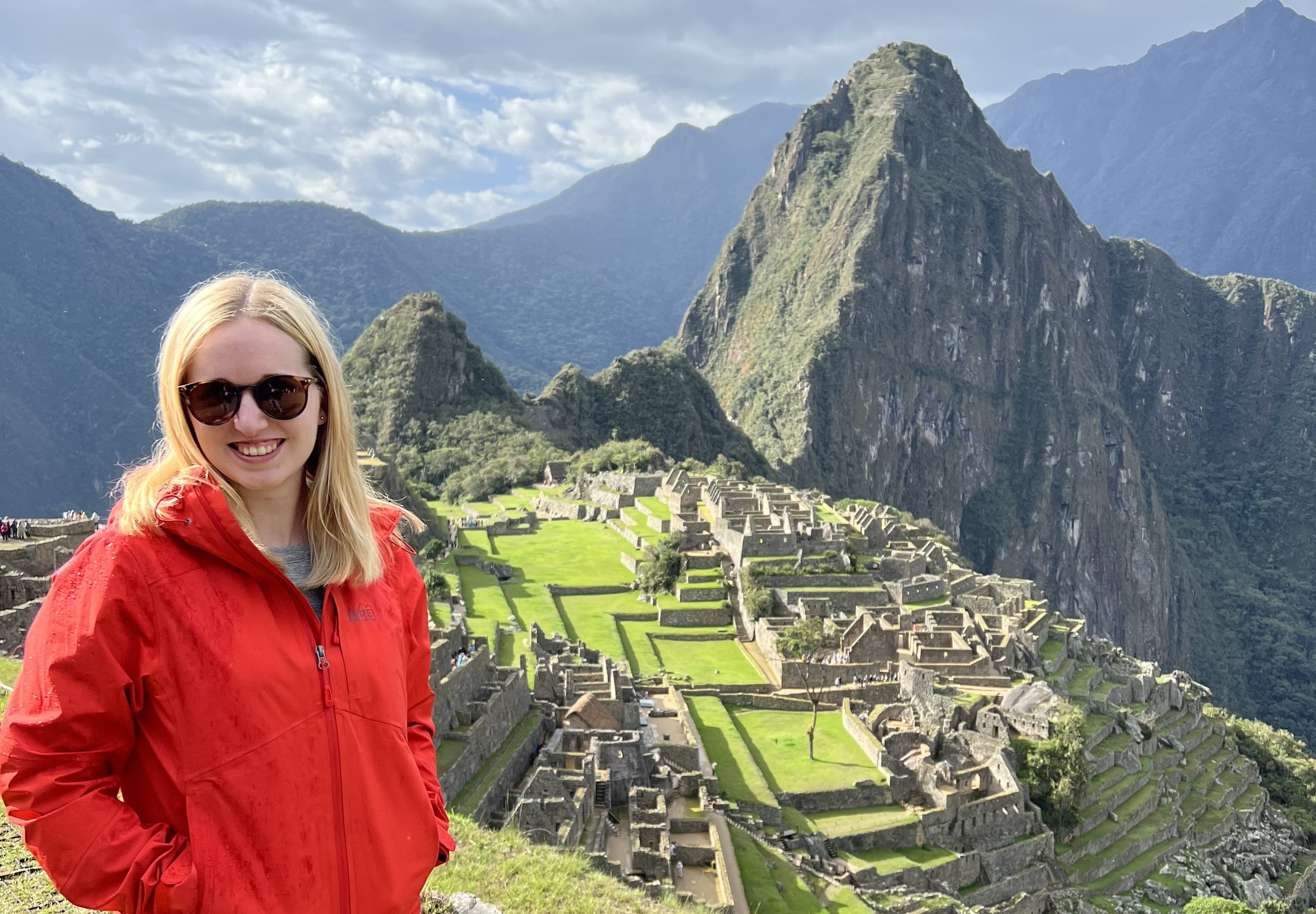How to Stay Healthy and Safe While Traveling in Peru
Peru is an incredible country with a wide variety of landscapes that attract millions of tourists every year. However, you’ll want to take more precautions in Peru than you might home to ensure you stay healthy and safe throughout your entire trip. No one wants to get sick and spend half their vacation in bed!
I had the pleasure of spending a week in Peru in October 2023 enjoying everything from the #1 restaurant in the world to sleeping in a glass pod on the side of a cliff to visiting Machu Picchu, one of the Wonders of the World. Here’s everything you need to know to keep from getting sick or put in harm’s way while traveling through Peru.
This post may contain affiliate links, which means I’ll receive a commission if you purchase through my link, at no extra cost to you.
Don’t Drink the Tap Water
The tap water in Peru is not safe to drink (but you can shower in it). Coming from the United States, this can be a bit of an adjustment. I found it particularly difficult to remember to use bottled water to brush my teeth!
Thankfully, bottled and filtered water is easily found pretty much everywhere you’ll go in Peru. I had packed my Grayl water purifier bottle, but didn’t need it at all on this trip.
If you order any drinks over ice, you’ll want to double check with the wait staff that they use filtered water to make the ice.
Beware of Undercooked Meat
Meat is one of the most common sources of food-borne illness. That doesn’t mean you need to be a vegetarian in Peru to stay healthy. In fact, local staples like alpaca are absolutely delicious and many tourists are excited to try guinea pig. Just ensure any meat you order is fully cooked and freshly prepared. To be on the safe side, I’d avoid street vendors.
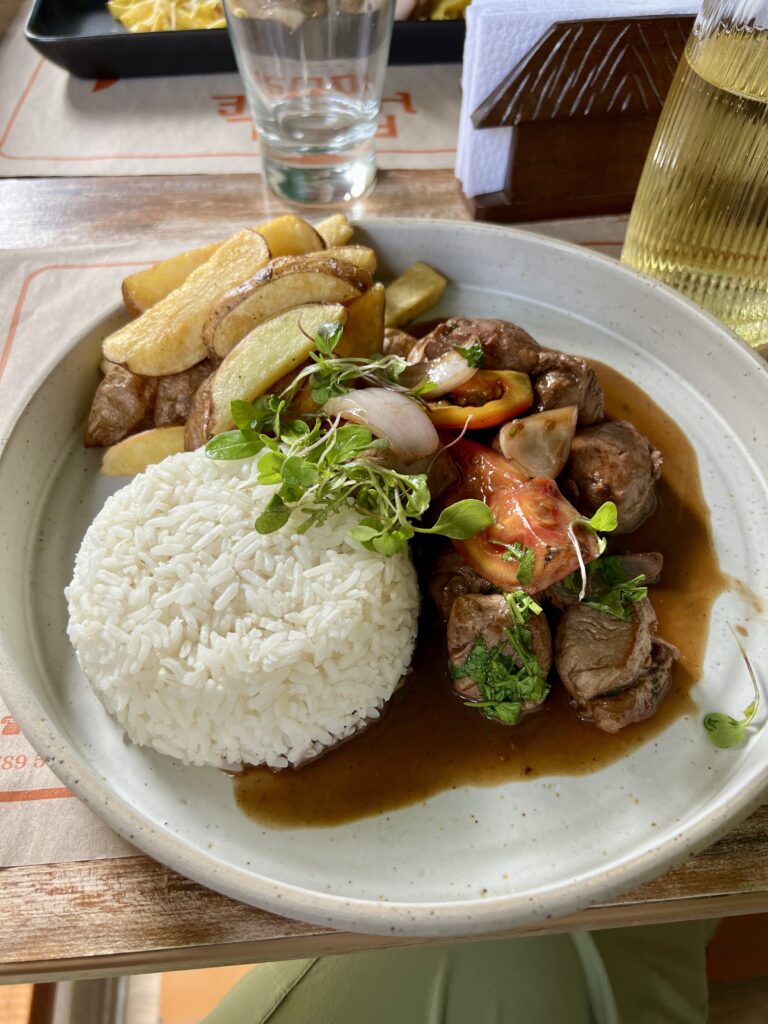
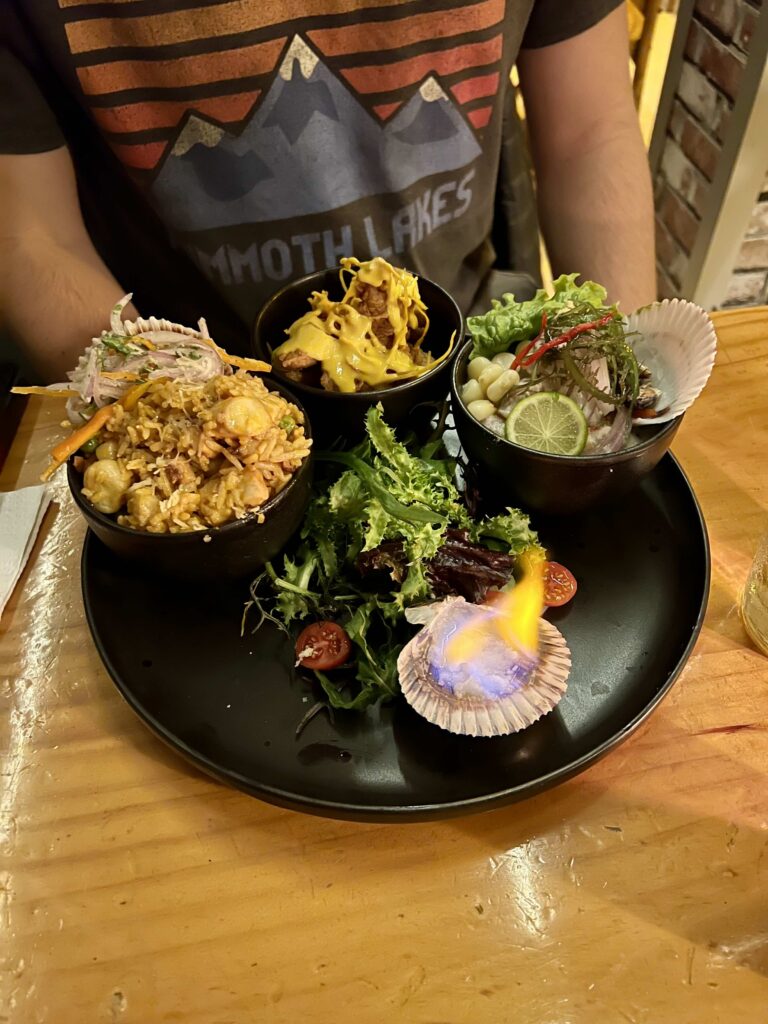

Don’t Eat Raw Vegetables or Fruit Without Removable Skin
Even if you don’t eat meat, you’ll still need to be careful about fruits and vegetables. Avoid salads and other raw vegetables if you can’t be sure that they have been washed in filtered water. Cooked vegetables are just fine. For fruits, steer clear of anything without a removable skin. Bananas? Go ahead and enjoy. Strawberries? I’d skip them.
Don’t Underestimate the Elevation
If you live near sea level and are visiting Cusco, the Sacred Valley, Lake Titicaca, Machu Picchu, or Rainbow Mountain, it’s crucial to give your body time to adjust to the elevation. Elevation sickness is very real and no fun. For reference, here are how high each of those places sit:
- Cusco: 11,152’ (3399m)
- Sacred Valley: 6730-9800’ (2050-3000m)
- Lake Titicaca: 12,507’ (3810m)
- Machu Picchu: 7,972’ (2430m)
- Rainbow Mountain: 17,060 (5200m)
Rainbow Mountain is within 600 feet of the elevation of Everest Base Camp! Also, for comparison, the city of Denver, Colorado sits at about 5,280’ (1609m).
Elevation sickness can happen to anyone, no matter how young and fit you are. To minimize your risk, you’ll want to give yourself time to acclimate. Many people fly into Cusco and immediately drive down to the Sacred Valley to give their bodies time to adjust before exploring the city. Staying hydrated is also one of the most important things you can do (with filtered water!).
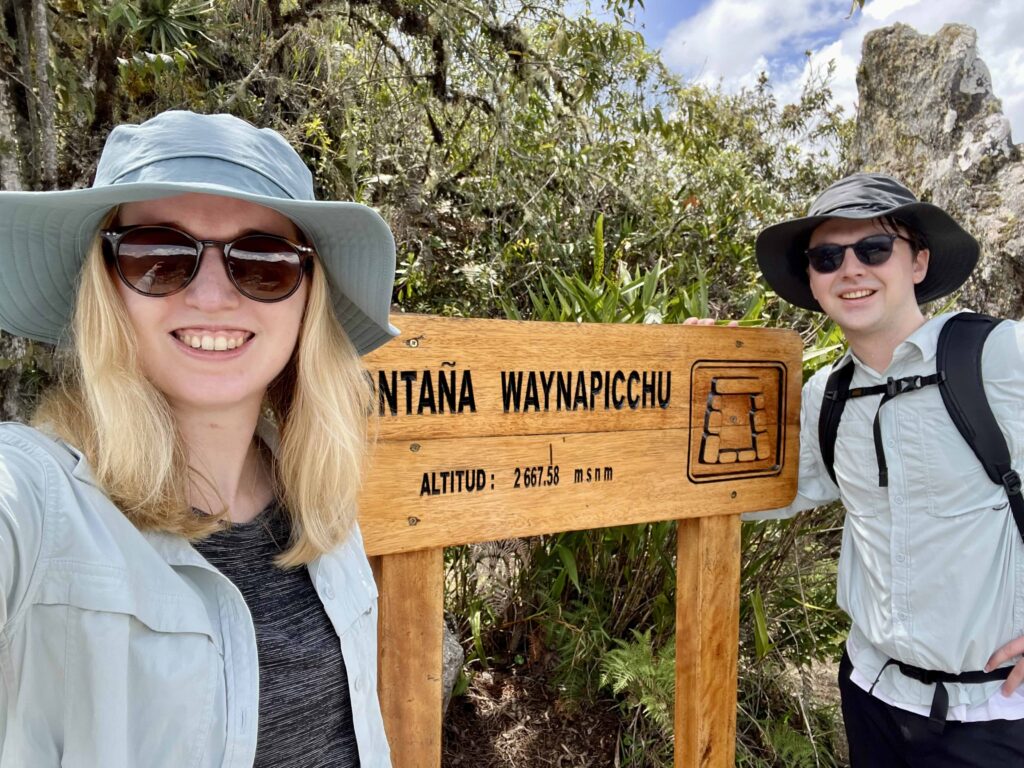
Many people may avoid a full-on bout of altitude sickness but still suffer from more minor issues like a headache or trouble sleeping. I experienced both of these, but ibuprofen took care of my headache.
It’s also recommended to avoid alcohol for a couple days while you acclimate, so save the Pisco Sour for later.
Some hotels in Peru offer oxygen tanks to their guests, so inquire with your accommodation about this. Coca tea is also widely available throughout Peru and can help with the altitude (it also tastes great). Local pharmacies will also have medication on hand to help.
Note: if your job drug tests you, you may want to avoid coca tea because it *could* make you test positive for cocaine. Also, it’s illegal to bring any coca products back with you to the United States.
Avoid Bug Bites
The risk of mosquito-borne illnesses is not an issue in all parts of Peru, so once you’ve figured out your itinerary, you can properly assess your risk. Low elevation areas and humid zones like the Amazon pose a bigger threat than higher and drier regions. Even so, higher areas have bugs that will cause itchy bites even if they won’t spread disease. We encountered the most bugs at Machu Picchu.
Before your trip, spray your clothes with permethrin. This chemical is deadly to bugs and can last through multiple washes. I’ve used it on countless trips and rarely get bitten anymore (and I’m a mosquito magnet). You can order permethrin spray here.
I am also vigilant about using Off Wipes throughout the day on any exposed skin. Pay extra attention to ankles and wrists, where bugs may crawl in under long sleeves.
Protect Yourself from the High UV
Peru is very close to the equator and a lot of popular tourist areas are at very high elevation. Because of this, it’s very common for the UV to be 10 or above. You’ll want to be vigilant about protecting yourself from the sun’s powerful rays. A wide brim hat, polarized sunglasses, long-sleeved UPF clothing, and sunscreen are critical to avoiding sunburns and sun damage.
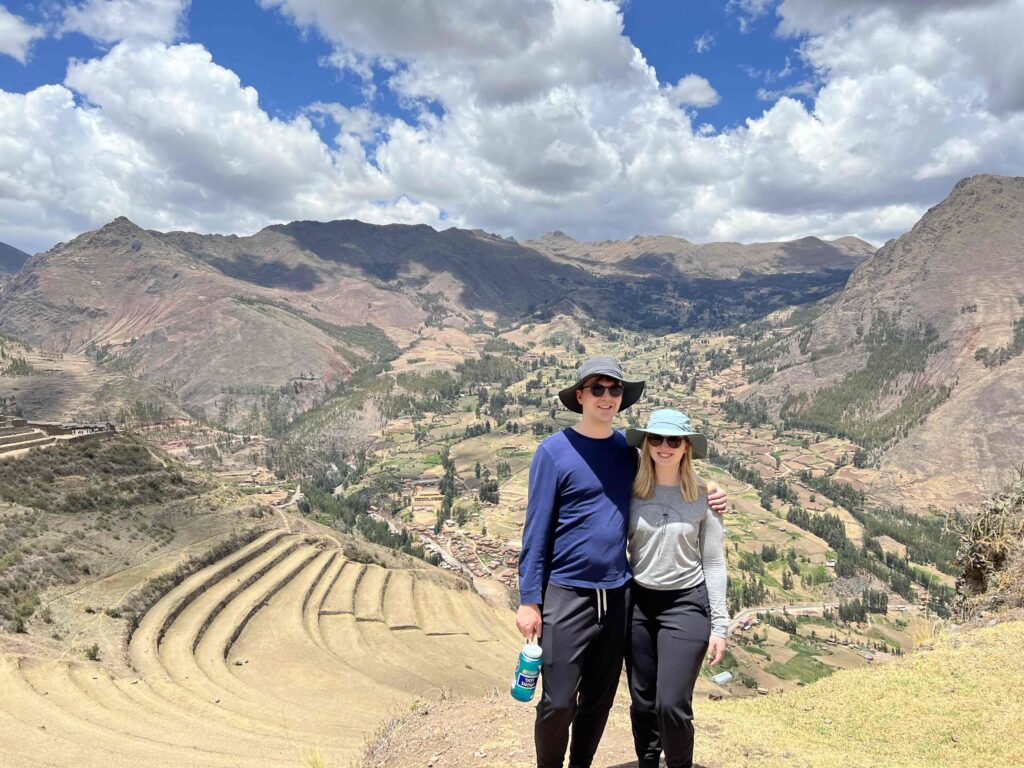
A lot of people are hesitant to wear UPF clothing or wide brim hats because they think they’ll stick out as a tourist. That’s not the case in Peru – even the locals are wearing technical fabrics from North Face and covering up from the sun head to toe. From a clothing standpoint, we blended right in (my fair skin and blonde hair was really the telltale sign I was a tourist!).
Consider Medications
Preventative
Preventative medications that keep you from getting sick in the first place are a great option to implement. This can include vaccines as well as over-the-counter and prescription medication.
The Yellow Fever Vaccine is not required to enter Peru. However, some regions of Peru are known to post a higher risk of mosquito-borne illness (both yellow fever and malaria). Those regions are east of the Andes at less than 8,200’ (2500m) of elevation. Yellow Fever can be fatal, so getting vaccinated before your trip is strongly encouraged (along with preventing mosquito bites altogether as previously discussed). You may also want to take malaria medication (talk to your doctor about this). Note: most major tourist destinations in Peru are outside of the at-risk area.


One supplement I take to prevent traveler’s diarrhea is bovine colostrum. I have been using pills from Travelan for years now anytime I’m in a country where you can’t drink the tap water. One pill before each meal has kept my sensitive digestive tract in great shape around the globe!
Finally, if you know you suffer from altitude sickness, talk to your doctor before your trip to see what medications they can prescribe.
After-the-Fact
Regardless of the destination, it’s always a good idea to travel with some just-in-case medicine. Specifically for Peru, be sure to bring Imodium, ibuprofen, and sleeping medication (in case the elevation keeps you from getting a good night’s sleep).
Sign up for State Department’s Smart Traveler Enrollment Program (STEP)
The US State Department has created the Smart Traveler Enrollment Program (STEP) where US citizens/nationals traveling abroad can input their travel plans and be alerted to any issues in the regions they’re going to (weather, security, health, etc.). This also helps the US embassy stay in touch with you in the case of an emergency. It’s good practice to get into the habit of signing up for this program for any international trip you take, not just Peru.
During my trip to Peru, I received an email from STEP informing me of a protest that would be taking place while I was in Cusco. This was very helpful information so I could plan around it (and thankfully the protest was small and non-violent).
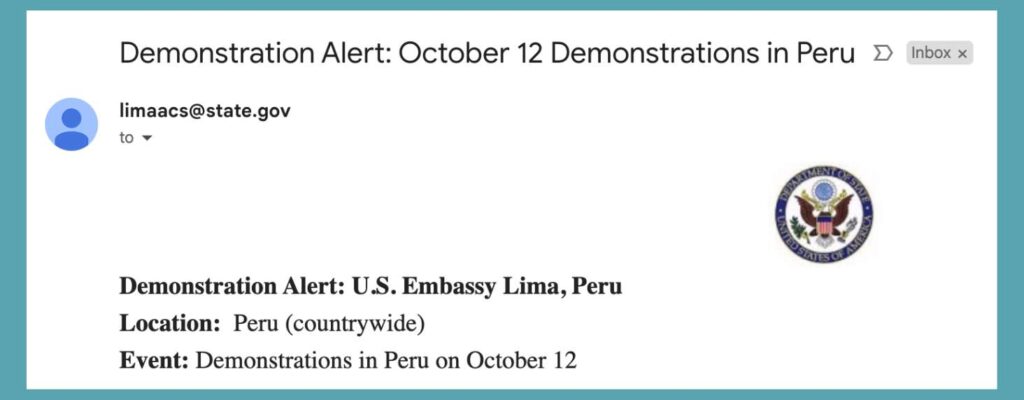
There are also certain areas of the country (specifically the Colombian-Peruvian border and the Valley of the Apurímac, Ene, and Mantaro Rivers) that are listed as “Level 4: Do Not Travel” according to the US State Department website. Take extra caution in these areas or better yet, skip them all together (all the best sights are outside these regions anyways).
Make Sure You Take Legitimate Transport
Unfortunately, there are fake taxis in Peru that pose a threat to traveler safety. Some may take longer routes and overcharge you, while others have been known to rob tourists of their belongings. This isn’t meant to scare you, just to make you aware of a known issue.
The best way to stay safe is to always make sure you’re traveling with a licensed taxi or ride-share service. You can also arrange private transportation ahead of time through your hotel or tour company.
We booked our entire trip through Inca Expert Travel and always had someone waiting at the airports with our names on a sign. This eliminated any confusion and allowed us to feel safe throughout our entire trip to Peru.
Final Thoughts
I am thankful that we encountered no issues on our trip to Peru. While staying safe and healthy is partially luck, taking steps to mitigate risk plays a big role in the outcome. If you’re planning a trip to Peru, I hope you have an incredible time!
Don’t forget to pin this post for future planning!
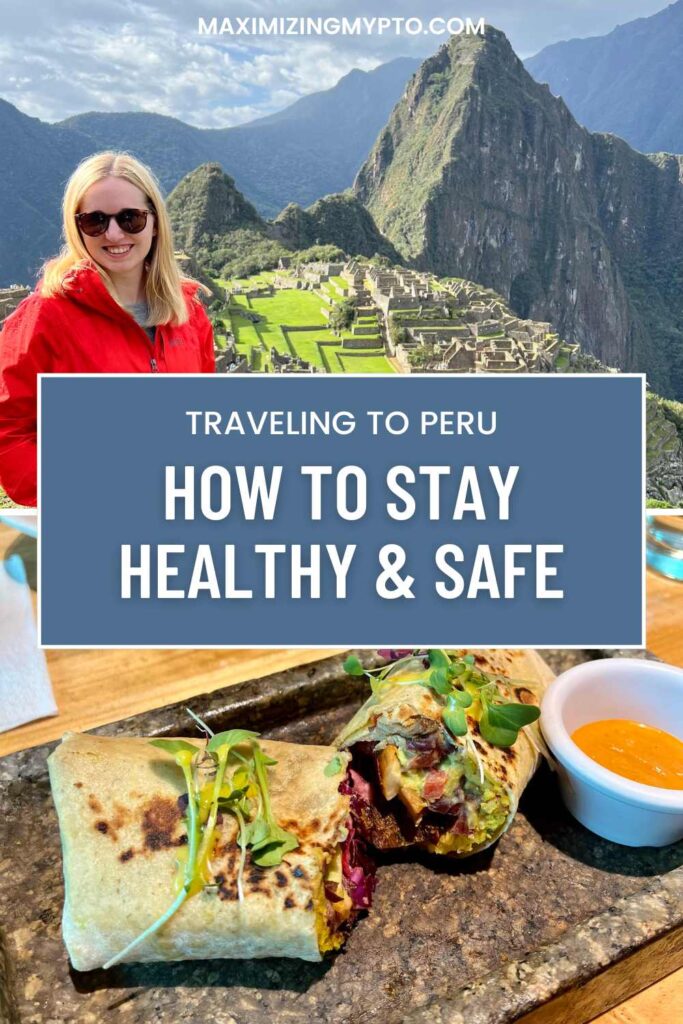
You may also like:

